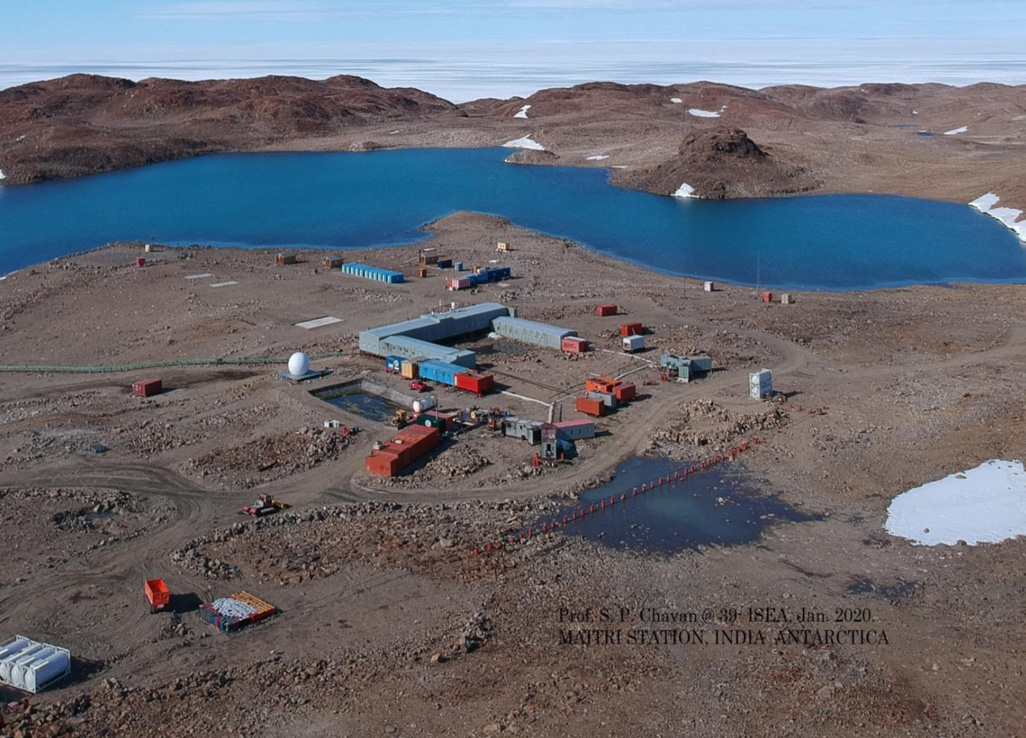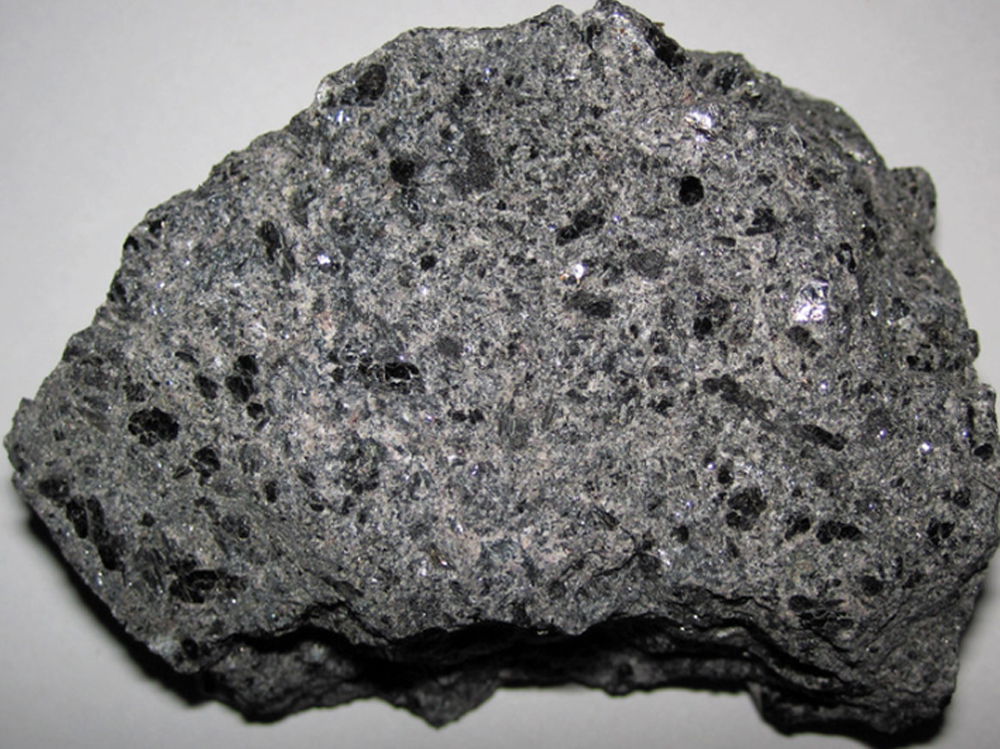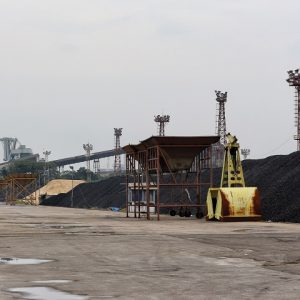Natural Gas Hydrate – A Future Source of Energy



India is set to embark on a new chapter in its Polar exploration journey with the construction of Maitri II. The Indian government plans to establish a new research station near the existing Maitri ba...
.png )
The Deep Ocean Mission (DOM), approved by the Government of India in 2021 under the Ministry of Earth Sciences (MoES), represents a strategic step in realizing Sustainable Development Goal 14 (SDG 14:...

China recently announced restrictions on the export of seven rare earth elements (REEs), soon after US President Donald Trump decided to impose tariffs. As the world's dominant supplier—responsible fo...
Energy is indispensable and its demand is growing manifold each day. With fossil fuels being finite in nature, alternative energy sources need to be explored. Natural gas hydrate offers a promising so...
Energy is a critical input for economic development. Almost one third of India’s population do not have access to electricity and a majority of population is still dependent on biomass for their cooki...
Coal has been the main source of energy in India and through increased coal production, coal is still fulfilling the energy demands of the country. The quality of coal has always remained a matter of...
<p>India however, plans to increase its nuclear power capacity to 14.6 GWe by 2024 and to 63 GWe by 2032, and has plans to have 25 per cent of its electricity supply to be supplied by nuclear power by...
Energy is indispensable and its demand is growing manifold each day. With fossil fuels being finite in nature, alternative energy sources need to be explored. Natural gas hydrate offers a promising source due to its vast occurrence across the world.

Energy is a critical input for economic development. Almost one third of India’s population do not have access to electricity and a majority of population is still dependent on biomass for their cooking needs.

Coal has been the main source of energy in India and through increased coal production, coal is still fulfilling the energy demands of the country. The quality of coal has always remained a matter of concern—presently being improved through regulatory mechanisms and technological initiatives.
